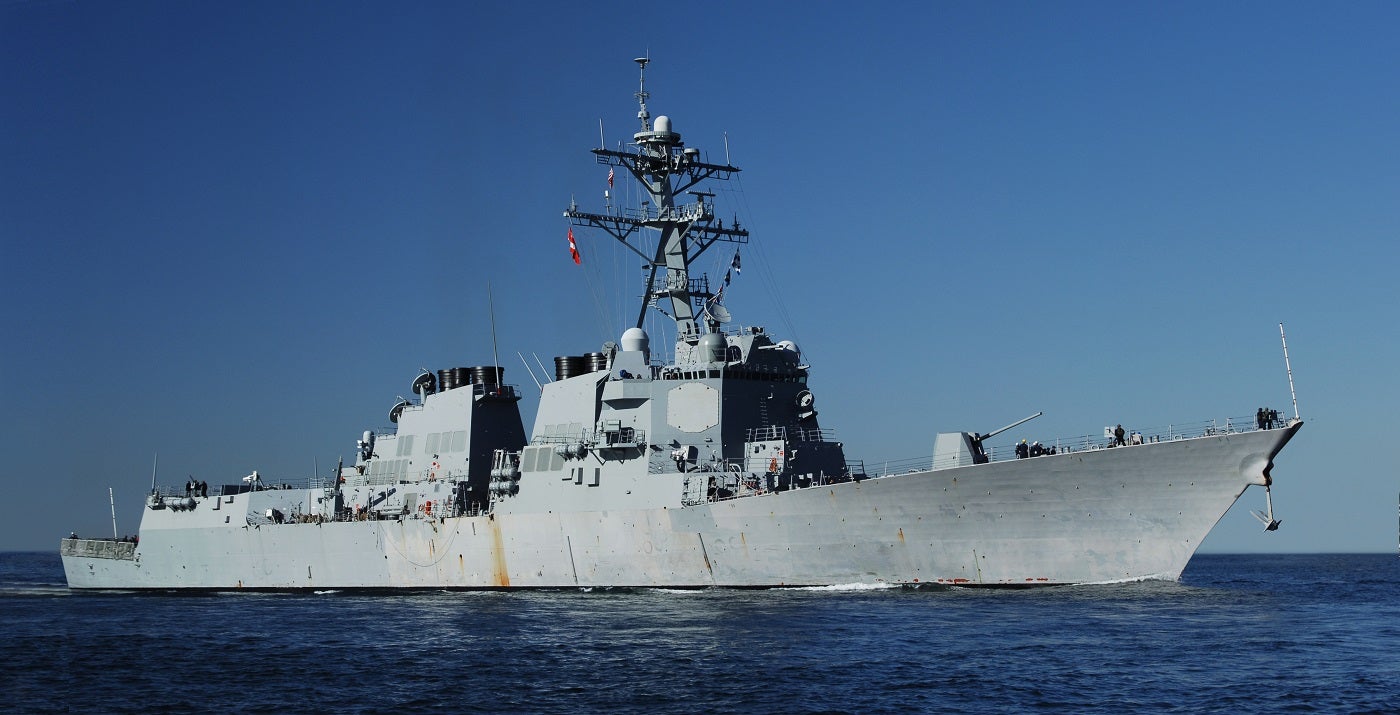
South Korea, the United States, and Japan have recently conducted joint naval missile defence drills in the East Sea to address regional security challenges.
The exercises, which saw the participation of Aegis destroyers from all three nations, were aimed at enhancing their collective ability to monitor and respond effectively to North Korea’s missile activities and nuclear threats.
How well do you really know your competitors?
Access the most comprehensive Company Profiles on the market, powered by GlobalData. Save hours of research. Gain competitive edge.

Thank you!
Your download email will arrive shortly
Not ready to buy yet? Download a free sample
We are confident about the unique quality of our Company Profiles. However, we want you to make the most beneficial decision for your business, so we offer a free sample that you can download by submitting the below form
By GlobalDataGlobalData, a leading data and analytics company, highlights the importance of these drills in reinforcing deterrence against emerging regional threats.
Kandlikar Venkatesh, Defense Analyst at GlobalData, underlined the shared commitment of the participating nations to tackle regional security issues. “The participation of Aegis destroyers from all three countries in the drill has significantly enhanced their ability to effectively track and respond to North Korea’s missile activities and nuclear threats.
The exercise has further enabled the Republic of Korea Navy (ROKN) to improve the level of interoperability and cooperation with the frontline missile defence assets of the US Navy and Japan Maritime Self-Defense Force.”
The joint naval drills demonstrated the unity amongst the three nations and highlighted their determination to address North Korea’s provocative behaviour and ongoing nuclear ambitions.
The US has a strong relationship with both South Korea and Japan. These relationships were founded in the 20th century when the US looked to form a strong band of states against communism in the Pacific region, according to GlobalData’s “US Defence Market 2022-2027“.
By improving interoperability and cooperation between the ROKN and the frontline missile defence assets of the US Navy and Japan Maritime Self-Defense Force, these exercises have bolstered the collective defence capabilities of the three nations.
According to GlobalData’s “South Korea Defence Market 2023-2028” report, any hopes of peace have dwindled since an official statement by North Korean, Ri Son-Gwon, stating that any prospects of peace between South Korea, North Korea, and the US have “faded away into a dark nightmare”.
The increasing development of long-range intercontinental ballistic missiles by North Korea has been a significant driver for South Korea’s naval expansion plans over the next decade. GlobalData projects that South Korea will allocate approximately $15bn to naval vessels, surface combatant programs and $5.1bn for submarine procurement to strengthen its maritime capabilities.
The ROKN has initiated multiple programs focused on expanding and modernizing its surface and submarine fleets to counter emerging regional challenges effectively. Notable examples include the development of the Sejong the Great-class (KDX-III) destroyers, Daegu-class frigates, and Dosan Ahn Changho-class (KSS-III) submarines, all equipped with advanced missile systems.
These efforts underscore South Korea’s commitment to deterring North Korea’s missile threats and ensuring its national security. The joint naval drills serve as a testament to the collective determination of South Korea, the United States, and Japan to maintain peace and stability in the region.
By enhancing their defence capabilities and fostering closer collaboration, these nations aim to promote deterrence against emerging threats, protect shared interests, and safeguard the peace and security of the region.








